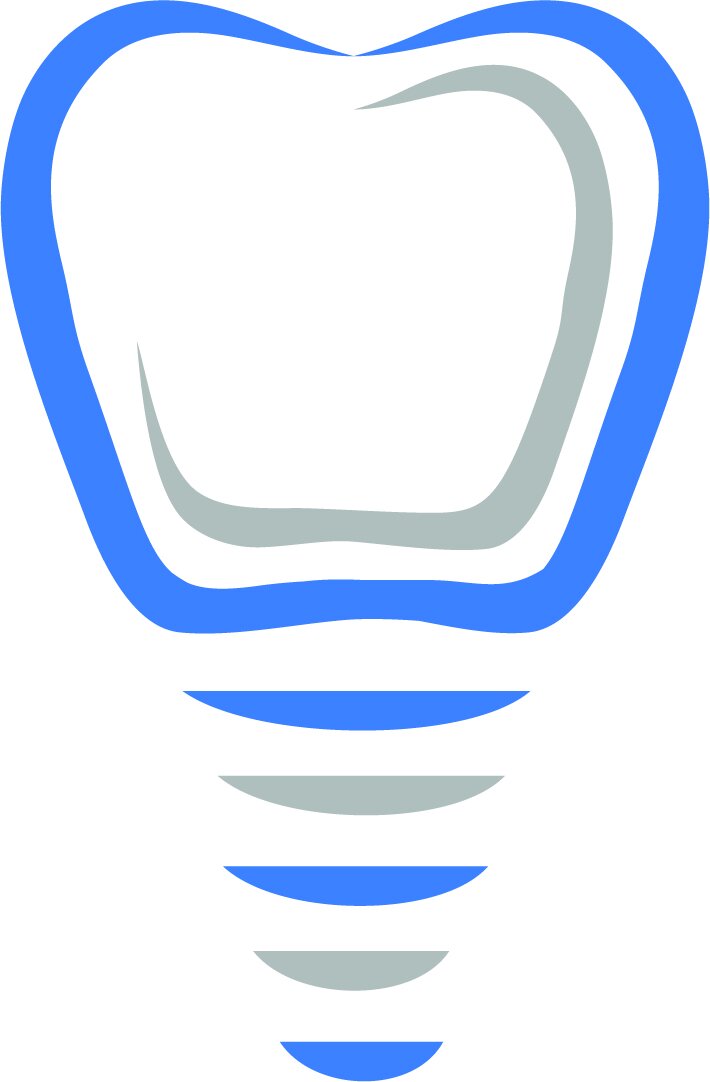Gum Disease Treatment
Forefront Dentistry, Tulsa OK
Gum Disease (periodontal disease) is a chronic condition of the supportive structures around teeth. There are two main types of gum disease which include Gingivitis (gum redness, bleeding, and inflammation) and Periodontitis (deep gum pocketing and bone loss around teeth). Both of these diseases are lifelong conditions that currently do not have a cure, but they can be successfully managed when detected and treated early. Successfully managing gum disease and halting its destructive effects requires a long-term partnership between the patient and the dental care professional. Untreated gum disease has been shown to negatively affect one’s overall health and has been associated with heart disease, diabetes, and adverse pregnancy outcomes. Treatment for gingivitis most commonly involves the patient coming in consistently for dental cleaning appointments and improving his or her home care routine. In more severe cases of gingivitis, coming in for dental cleanings on a more frequent 3-month or 4-month interval may be necessary for proper management of the condition. Treatment for Periodontitis (deep gum pockets and bone loss) will begin with a deep cleaning (also called scaling and root planing) of all the involved areas. During a deep cleaning, a dental hygienist will numb the areas and carefully remove all of the below gum tarter and bacteria in the deep pockets and areas of bone loss. Also, a dental laser will be used to decontaminate and debride the diseased gum pockets. By doing this, the gums will be allowed to heal and reattach to the tooth properly, thus eliminating the deep pockets. However, the bone loss experienced from previous gum disease is permanent. Therefore, maintaining the surviving bone will be an ongoing life-long commitment. If proper home care and dental hygiene visits are interrupted or discontinued, the disease process will be allowed to restart and the patient’s valuable progress will be jeopardized or lost. For patients with gum disease, it takes about 3 months for bacteria in the mouth to repopulate sufficiently to restart the disease cycle of deep gum pocketing and bone loss. It is for this reason that most patients who have been treated with deep cleanings are seen for a dental hygiene appointment every 3 months. Managing gum disease is truly a team effort on the part of the dental hygienist, the doctor, and the patient.

